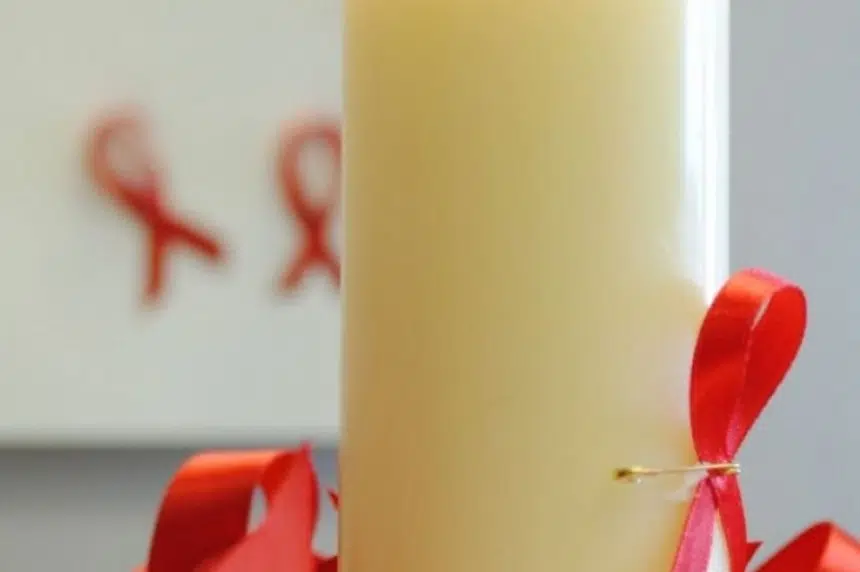
Crystal meth creates “troubling” HIV situation
Crystal meth could be making the HIV epidemic in Saskatchewan worse, according to local physicians.
“We’re seeing more crystal meth use than we have seen in the past, which is extremely troubling,” said Dr. Kris Stewart, internal medicine physician involved with HIV, Hepatitis C and TB care in Saskatchewan and co-director of Saskatchewan HIV/AIDS Research Endeavor (SHARE).
For some of his clients, the use started when they had to leave their homes during the forest fires this summer.
“I do clinics all over the north, and what happened during that evacuation is that they were doing fairly well, they were stable, in recovery, they were on treatment. That evacuation really unsettled a lot of people and exposed them to drugs they haven’t done before and that’s injected a lot of chaos into the situation,” he said.


